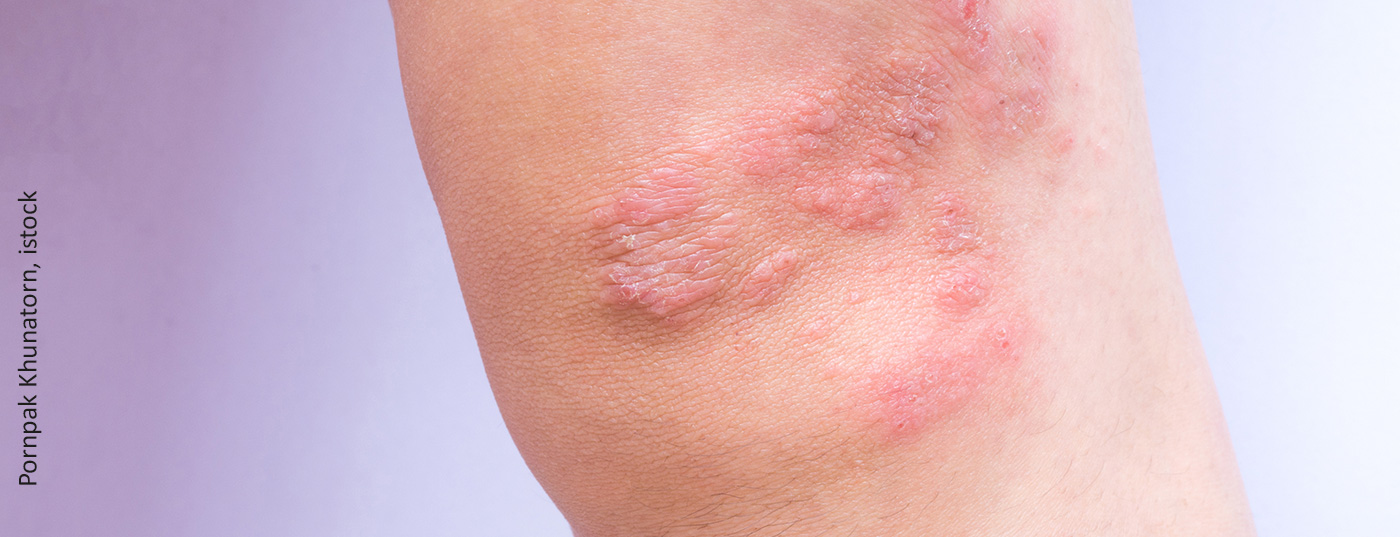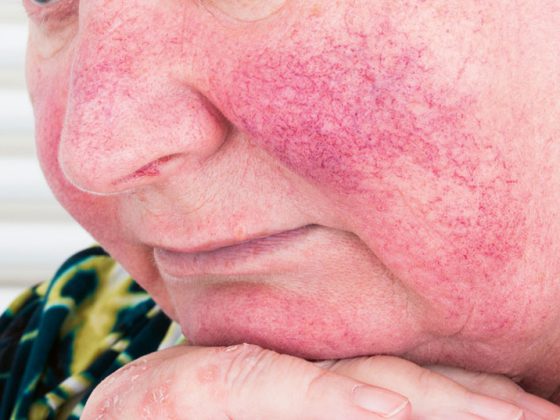Current empirical data underscore the high “burden of disease” in patients with inadequately controlled atopic dermatitis and indicate that there remains a need for highly effective and subgroup-specific systemic therapies.
Moderate to severe atopic dermatitis places a high burden on sufferers, especially in acute phases of the disease. In an empirical study using a cross-sectional design, the nature and extent of the burden of an acute atopic dermatitis flare were empirically investigated. Data from patients over 12 years of age with atopic dermatitis who were eligible for or receiving systemic therapy were analyzed. A “flare” was defined as a sudden worsening of atopic dermatitis with the need to escalate therapy or see a practitioner due to symptom exacerbation. This was recorded on the basis of patients’ self-reports regarding the past 6 months. In addition, quality of life (DLQI) and impairment of work-related productivity (WPAI) were assessed. The mean age of the 217 patients included in Germany was 42.2 years, 52.1% were female, and 65% were employed. 54.3% of study participants received systemic therapy and 199 (88.9%) provided information on the frequency of acute relapses. 31.5% and 16.2% reported that 3-4 and ≥5 “flares” occurred during the past 6 months, respectively. 19.4% and 22.2% had 1-2 and 0 acute relapses, respectively, during the same period. Statistical analyses showed that even 1-2 “flares” within the past 6 months had a significant impact on DLQI (p<0.0001) and WPAI (p<0.001). Overall, the occurrence of acute episodes resulted in significant limitations in quality of life and work-related productivity.
Source: Eyerich KG, et al.: The Burden of Disease in Atopic Dermatitis: A national Cohort Analysis for Germany from a prospective and Multi-Country Burden of Illness Study. P033, DDG kompakt & praxisnah, 18.-22.02.2022.
DERMATOLOGY PRACTICE 2022; 32(2): 23











